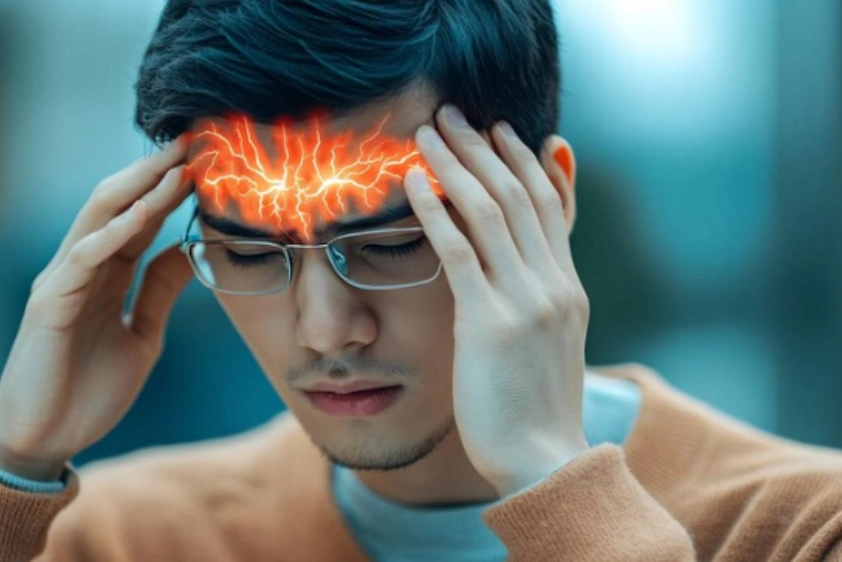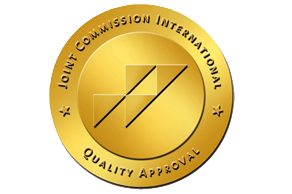Understanding Headaches and Migraines: Common Symptoms, Causes, and Treatments
Headaches and migraines are common issues impacting millions globally, disrupting daily routines and overall well-being. Whether it’s a mild tension headache or a more severe migraine, these conditions can make it difficult to work or enjoy life. If you don’t know the differences between migraines and headaches, what triggers them, and how to handle the pain, this guide is for you. We’ll explore their common symptoms, causes, and treatment options, helping you understand how to handle these frustrating conditions.
Types of Headaches and Migraines
There are various types of headaches and migraines, each with distinct characteristics. Here’s a breakdown of the most common types:
- Tension headaches: The most common type, often described as an aching pain that wraps around your head like a band.
- Cluster headaches: These come in clusters, causing severe pain, typically around one eye, and may occur repeatedly.
- Migraines: More severe than regular headaches, these often involve throbbing pain on one side of the head and can last for hours or even days.
Consulting a neurology doctor in Dubai can help provide an accurate diagnosis and guide you toward the appropriate treatment for your type of headache.
Common Symptoms of Headaches and Migraines
Headaches and migraines come with different sets of symptoms depending on their type:
Tension Headache Symptoms:
- Dull, aching pain around the forehead, temple, or the back of the head.
- Tightness or pressure in the neck and shoulders, often making the muscles feel tense.
Cluster Headache Symptoms:
- Severe, sharp pain around or behind one eye.
- Redness, tearing, or swelling of the affected eye.
- Pain tends to occur in “clusters,” meaning multiple episodes in a day.
Migraine Symptoms:
- Throbbing or pulsing pain: Usually on one side of the head, although it can shift or affect both sides.
- Nausea and vomiting: Often associated with migraines, and can make it difficult to eat or carry out daily activities.
- Sensitivity: Bright lights, loud noises, and strong scents can trigger or worsen migraines.
- Aura: Some people experience visual disturbances like flashing lights, blind spots, or zigzag lines before the onset of pain. This is known as an aura and lasts 20 to 60 minutes.
Causes and Triggers
Understanding the triggers of migraines and headaches is crucial to managing them effectively. Below are common causes for each:
Headaches:
- Stress: High-stress levels are one of the leading causes of tension headaches. When life gets overwhelming, it often translates to pain in your head.
- Lack of sleep: Not enough rest can quickly lead to a tension headache. Sleep is crucial for overall brain health, and too little can cause discomfort.
- Dehydration: Even mild dehydration can bring on a headache. It’s important to stay hydrated throughout the day to avoid unnecessary pain.
- Skipping meals: Hunger or low blood sugar can be a common trigger for headaches, especially if you miss a meal or go too long without eating.
Migraine Causes and Triggers:
- Brain chemistry changes: Migraines are often linked to changes in brain chemistry. Alterations in neurotransmitters, like serotonin, can trigger migraine episodes.
- Strong smells: For some, strong scents—whether from perfumes, cleaning products, or other odors—can bring on a migraine.
- Bright lights or loud noises: Sensitivity to light and sound is a hallmark of migraines. For many sufferers, bright lights or loud noises can bring on or worsen an attack.
- Genetics: If migraines run in your family, you’re more likely to experience them. Genetics can play a big role in the frequency and intensity of migraines.
Treatment Options for Headaches and Migraines
When it comes to dealing with headaches and migraines, there are different treatment options available depending on the type and severity of your condition. Here are some of the most effective treatments for both, and consulting a neurology doctor in Dubai can help you find the best approach:
For Headaches:
- Over-the-counter pain relievers: Simple medications like ibuprofen or acetaminophen can be enough to relieve the pain of tension headaches.
- Lifestyle changes: Adjusting your posture, managing stress better, and ensuring you stay hydrated are often key to preventing tension headaches from recurring problems.
- Cognitive Behavioral Therapy (CBT): If stress is a major contributor to your headaches, CBT can help you develop coping mechanisms to reduce their frequency.
For Migraines:
- Prescription medications: For migraines, you might need something stronger. Triptans are a class of prescription drugs that can stop a migraine in its tracks.
- Preventive medications: If your migraines are chronic, doctors may prescribe medications to prevent attacks before they even start.
- Regular exercise: Staying active has been shown to help reduce both the severity and frequency of migraines, as it boosts endorphins and reduces stress.
Headaches and migraines can be incredibly disruptive, but with the right knowledge and treatment, they don’t have to control your life. By understanding the types, symptoms, and causes of headaches and migraines, you can take measures to prevent and manage them more effectively. If your headaches persist or worsen, don’t hesitate to visit a neurology hospital in Dubai for expert care and advice. With the right approach, you can reduce the impact of headaches and migraines on your daily life.





